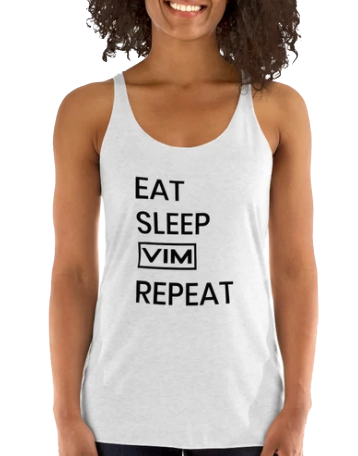With Memorial Day right around the corner, it’s time to start planning the menu!
Memorial Day is a great excuse for fun, sun and of course, grilling. It the best way to kick off the summer!
But there’s no need to limit yourself to the usual beef burgers and hot dogs. If you’re hosting for a plant-based guest, or maybe just looking for a healthier alternative, these Greek Walnut Sliders are the perfect addition to your cookout!
These Greek Walnut Sliders are hearty like a true meat-based burger but are packed with good fat and plant-based protein. I’m certain even the biggest meat eaters in attendance are going to love them! It’s especially appropriate to cook up a Mediterranean-style dish for this year’s Memorial Day celebration because it’s also Mediterranean Diet Month!
For those that are unfamiliar with the Mediterranean Diet, it’s an eating pattern that focuses on fresh, whole foods encouraging individuals to include whole grains, fruits, vegetables, beans, herbs, spices, nuts, healthy fats and water in their daily diets. The diet also recommends seafood consumption at least twice a week as well as dairy foods, eggs and poultry in moderation. Red meat and sweets are treated more like condiments and are infrequently consumed.
Numerous studies have connected certain Mediterranean-eating patterns with lifelong good health. You can read more about the studies supporting the health benefits of the Mediterranean here.
Given the Greek base of these sliders, you can top them with traditional Greek flavors: tzatziki sauce, cucumbers, red onion and lettuce. It’s the perfect way to finish off a delicious slider. However, feel free to go crazy with the toppings that speak to you – olives, hummus, green peppers…the sky’s the limit!
Greek Walnut Sliders
Yield: 6 sliders Serving Size: 1 slider on a wheat bun with desired toppings
Ingredients
- 1/2 cup chopped walnuts
- 1/2 cup panko bread crumbs
- 1/3 cup crumbled feta cheese
- 2 eggs
- 2 garlic cloves
- 1 teaspoon oregano
- 1/4 teaspoon salt and freshly ground black pepper
- 1 15 oz. can chickpeas, rinsed and drained
- 1 teaspoon olive oil
- 6 wheat slider buns
- Toppings: freshly sliced cucumber, tzatziki sauce, tomato, red onion, lettuce
Instructions
- Place walnuts, bread crumbs, feta*, eggs, garlic cloves, oregano, salt and pepper together into a food processor and blend until well combined. Place chickpeas into the mixture and pulse until combined (it’s okay for a few chunks of chickpeas to remain).
- Transfer to a bowl and cover with plastic wrap. Refrigerate at least one hour or overnight.
- After refrigeration, remove and spoon two tablespoons of the mixture out, rolling into a ball between the palms of your hand, then flattening to about ½ inch thick disc.
- Heat 1 teaspoon olive oil in a large pan over medium high heat. Once oil is heated, place burgers into the pan, cooking on each side until browned (about 4-6 minutes each side or until the thermometer reads 160° F).
- Additionally, you may grill the burgers. To do so: place burgers over medium heat, lower the cover and cook about 3-5 minutes. Lift grill cover, flip burgers and cook for another 3-5 minutes on the other side or until a thermometer reads 160° F.
- Place cooked burger on a wheat slider bun and top with toppings of choice. Serve immediately.
Adapted from Cait’s Plate
Blog post written by Trainer, Sarah Oliver
VIM is now offering nutrition services with Trainer & Nutrition Coach, Christine Galvin!
Click below to find out how you can benefit from 1 on 1 Nutrition Coaching!
[button link=”https://vimfitness.com/nutrition/” text=”LEARN MORE” color=”green” size=”large” fullwidth=”true”]


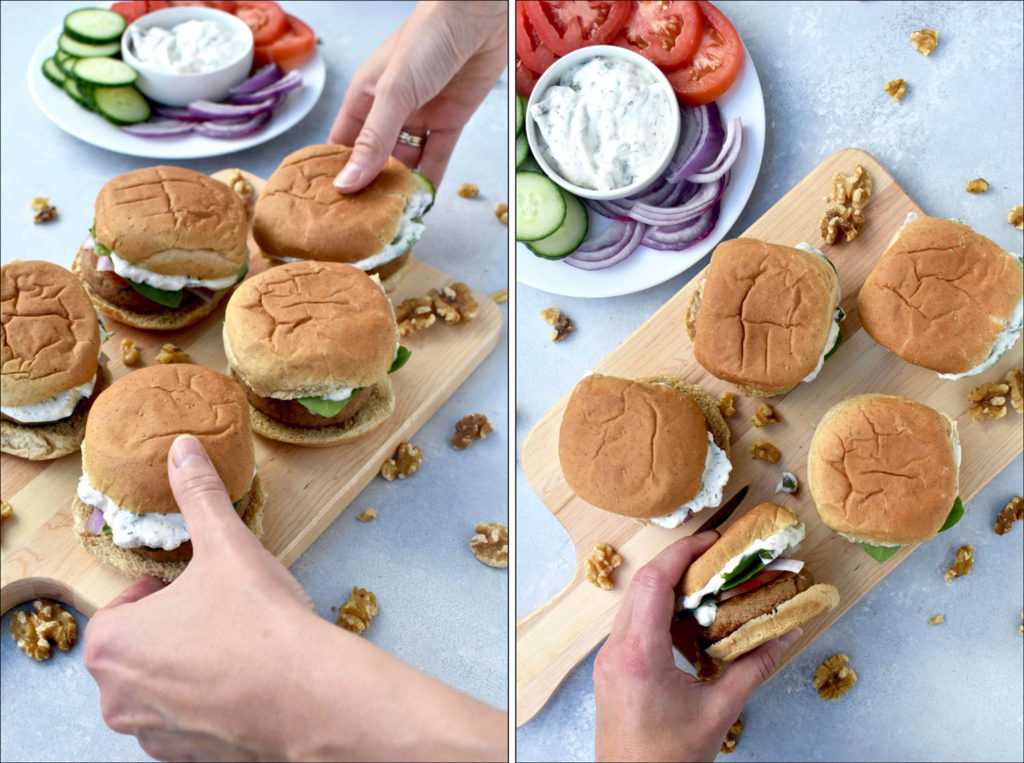
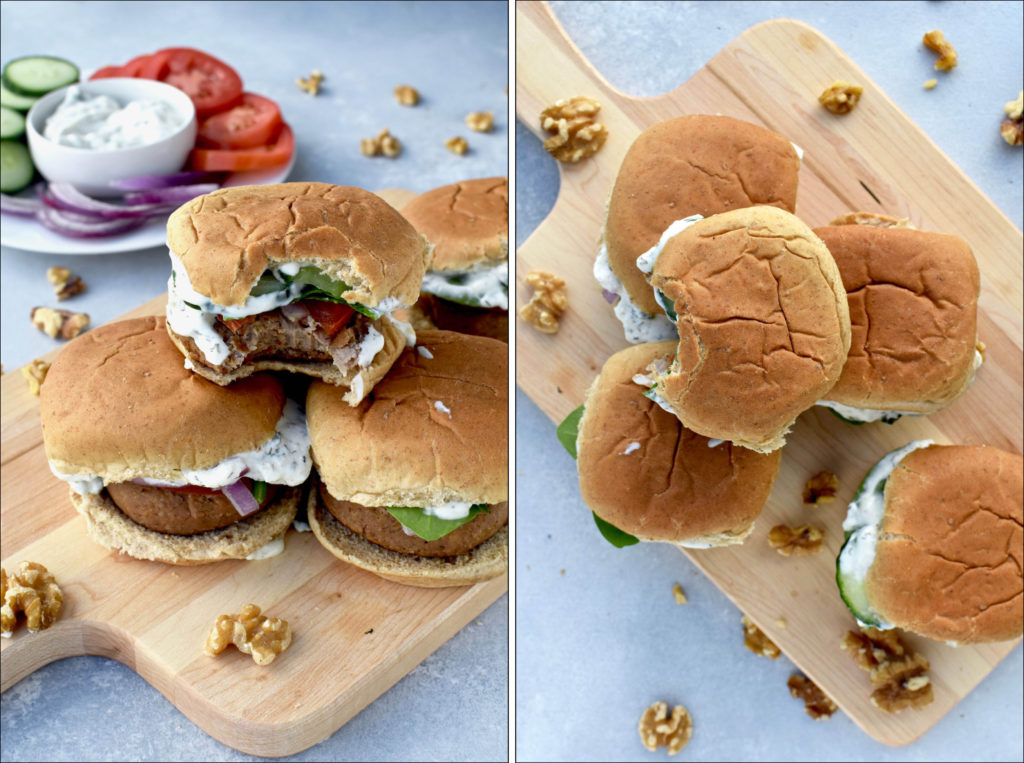
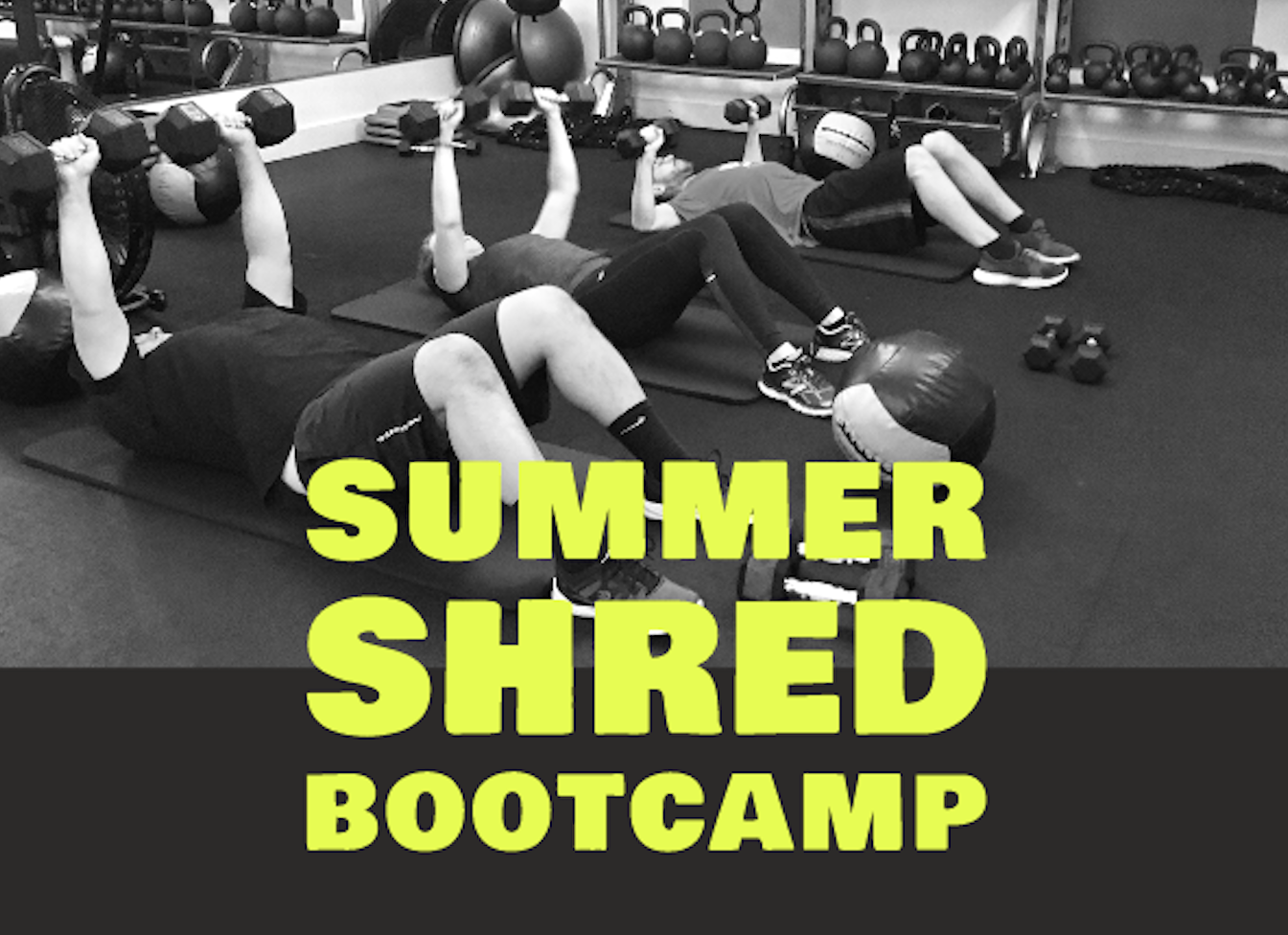
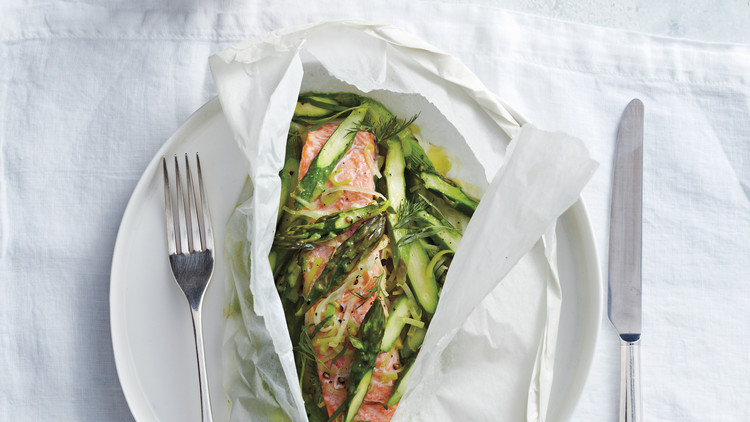

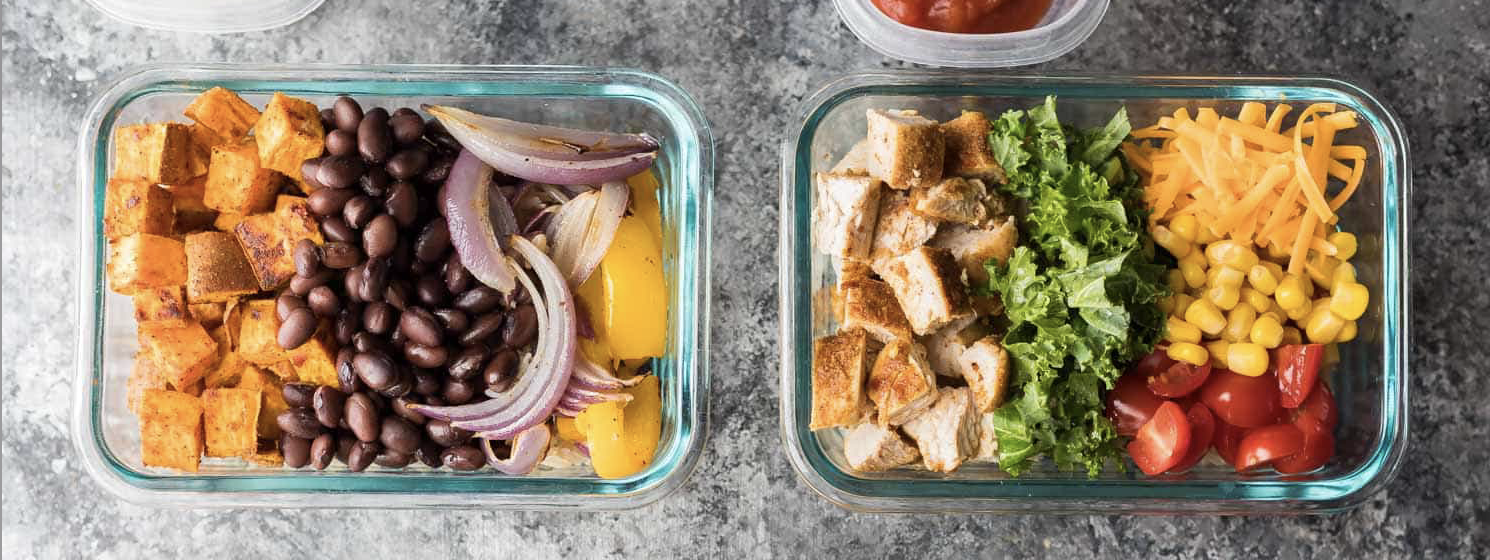
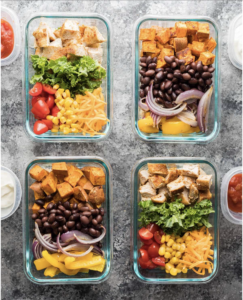 Map out your meals for the week
Map out your meals for the week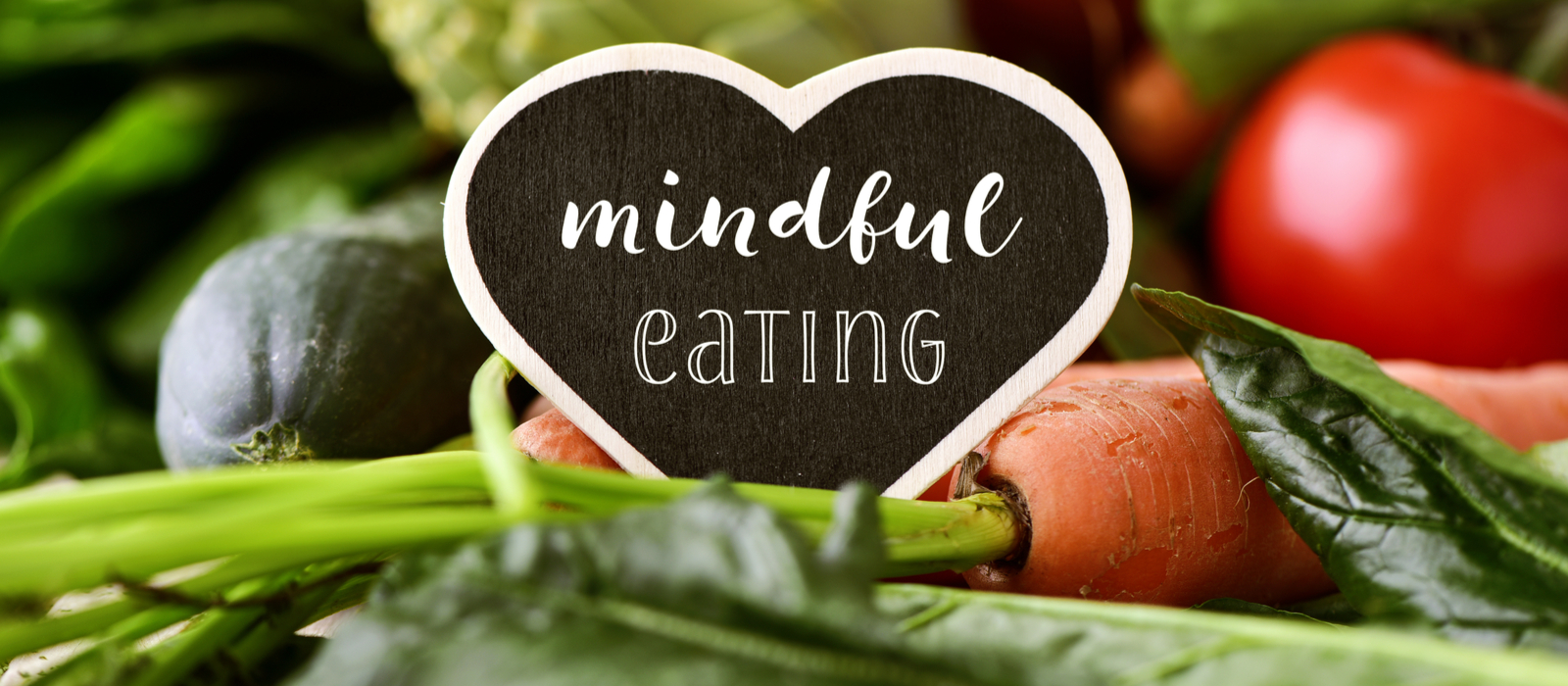
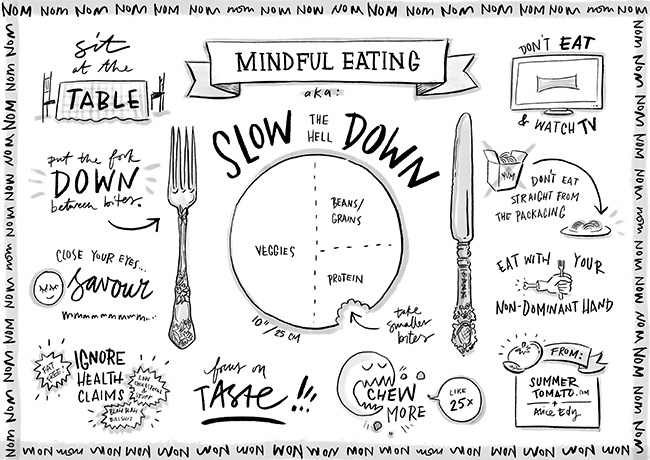
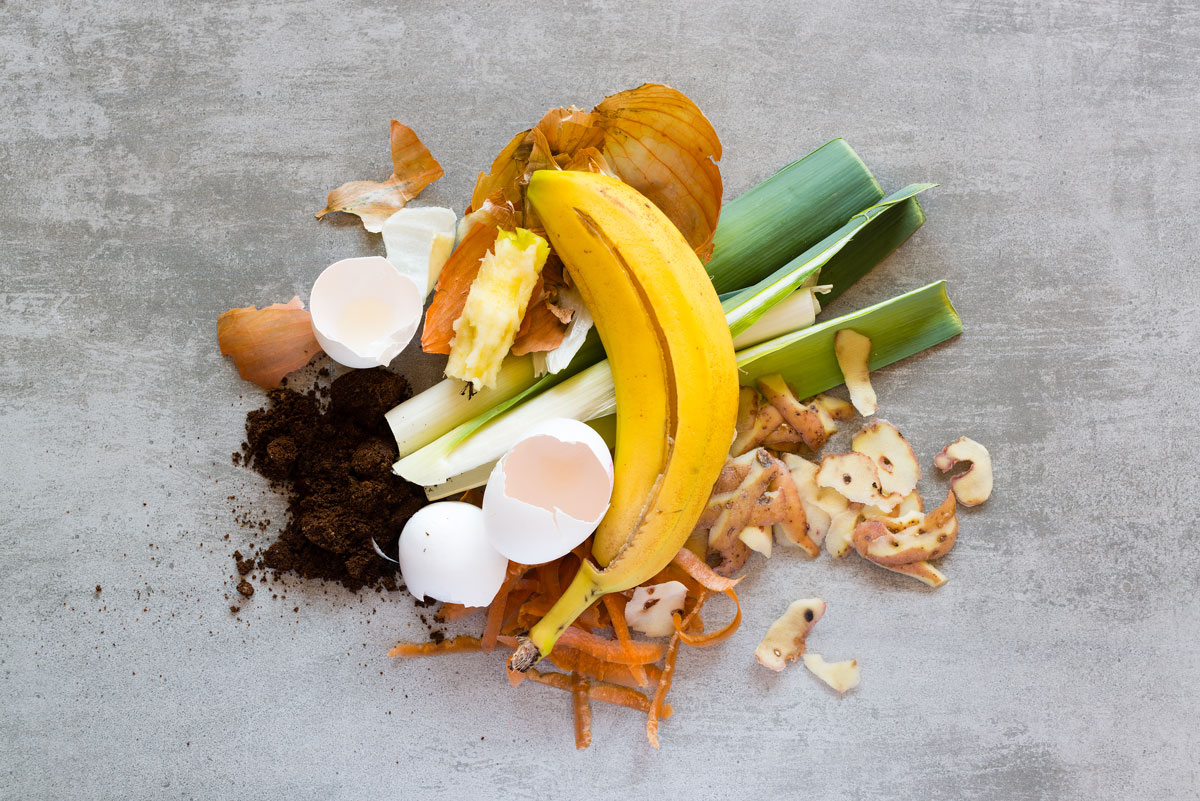
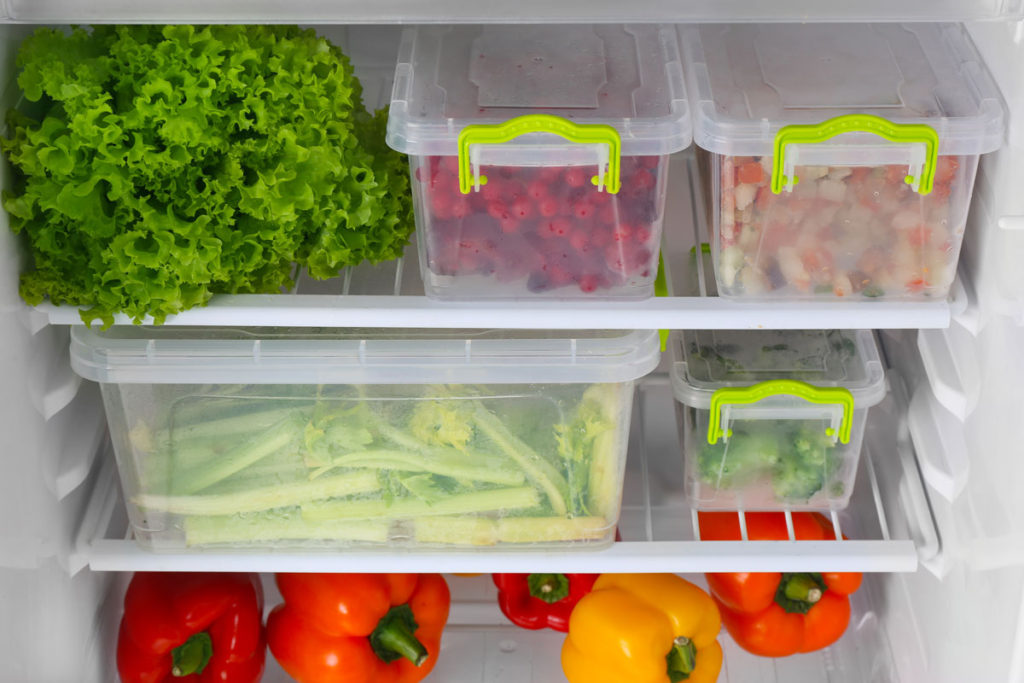 Store Properly:
Store Properly: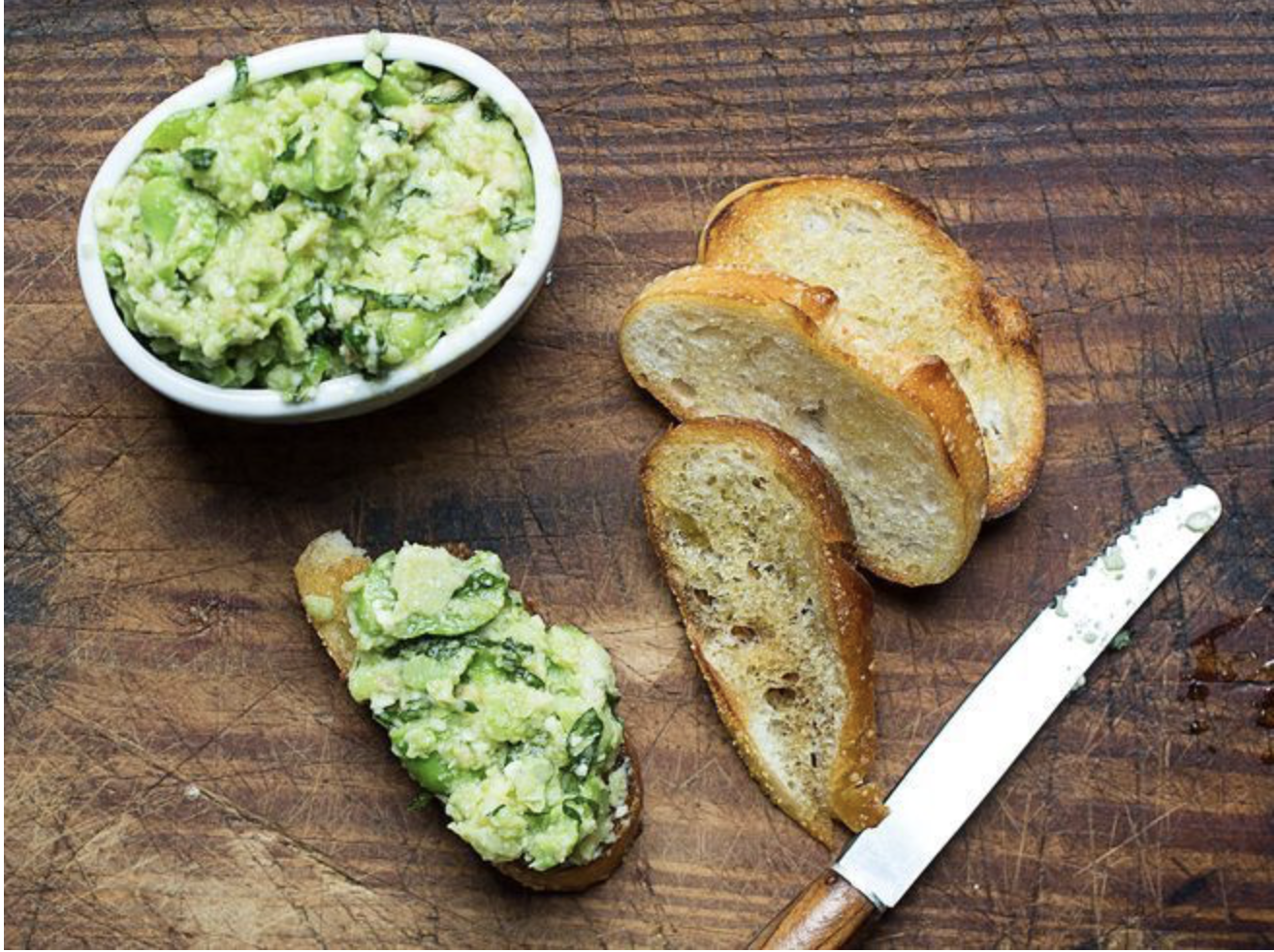



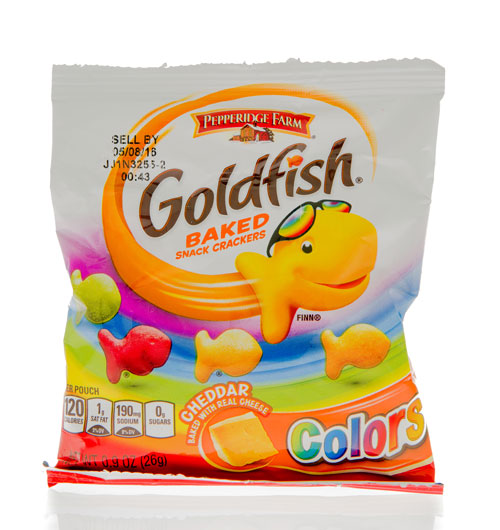 Gold Fish (or Bunnies!)
Gold Fish (or Bunnies!)




